EAA’s Women in Science
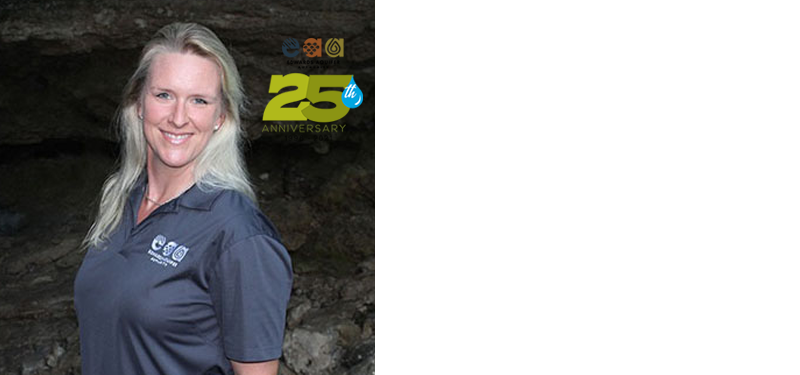
Emily Thompson
Emily Thompson is the Senior Water Quality Program Coordinator, and she has worked at the Edwards Aquifer Authority for the past 18 years. She received her bachelor’s degree from Texas A&M University in Marine Science. In addition, she has a master’s degree in Environmental Science from the University of Texas at San Antonio…..
Emily Thompson is the Senior Water Quality Program Coordinator, and she has worked at the Edwards Aquifer Authority for the past 18 years. She received her bachelor’s degree from Texas A&M University in Marine Science. In addition, she has a master’s degree in Environmental Science from the University of Texas at San Antonio.
Emily started her career path off as a field representative reading meters and locating unregistered wells in Comal and Hays Counties. Shortly after, she became a technician collecting water samples from wells, springs, and rivers from locations spanning the EAA’s eight county jurisdiction. During this time, Emily decided to pursue her master’s degree, which she later obtained in Environmental Science. Her experience and skillset eventually led her to assume the role of Environmental Coordinator. From that point on her focus shifted to protecting the environmentally sensitive, Edwards Aquifer Recharge Zone. Some of her responsibilities included, reviewing engineering plans for new construction, monitoring storage of hazardous substances, and investigating potential aquifer contaminations.
In her current position at the EAA, Emily is responsible for recharge zone protection and research, spill response and overseeing remediation, first responder collaboration, cave and other sensitive feature location, complaint investigations, and she assists with conservation easement monitoring and geological assessments. Emily is also a certified hazardous materials manager (CHMM), which gives her the ability to make informed recommendations for handling hazardous materials. The programs Emily is tasked with help maintain the overall quality of water that flows into and through the Edwards Aquifer, which helps ensure the health of the system which 2 million South Central Texans rely on.
Emily has always loved outdoor activities and enjoys sharing that love with her friends and family. Whether it be a vacation to the beach where she teaches her nephew about marine life and the creatures that once dwelled in shells, or time out on the lake, you can almost always find her exploring the outdoors. Her advice to adolescents is to pursue something they are passionate about and a course of study that excites them. She says, “The first step, is to focus your efforts on topics that inspire you. Finding your passion leads to an enjoyment for the career you ultimately take on.” The science field has a vast array of careers, but focusing on a specific interest within the field is the key to long-term success and professional growth in the science field.
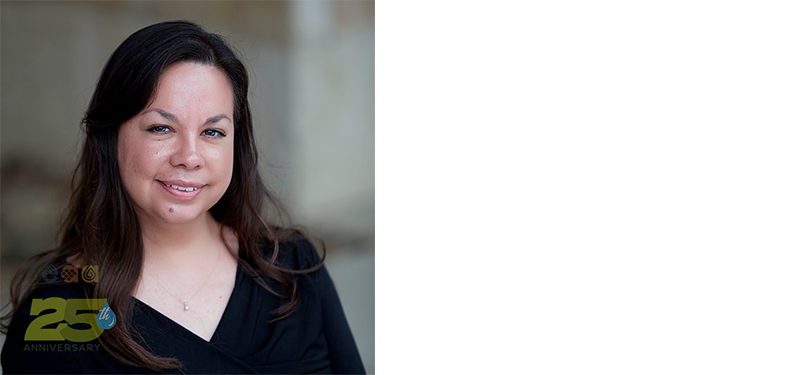
Gizelle Luevano
As a child, I was interested in the natural sciences once my father and I constructed an artificial aquifer, and from that point forward my parents encouraged me to pursue my goal of finding a career in the science field. As for other women in the science field, I strongly believe it is….
As a child, I was interested in the natural sciences once my father and I constructed an artificial aquifer, and from that point forward my parents encouraged me to pursue my goal of finding a career in the science field. As for other women in the science field, I strongly believe it is important to mentor young women. Mentoring provides insight into the world of science, inspires young women, and could ultimately be the difference in a child’s decision to pursue a career in science.
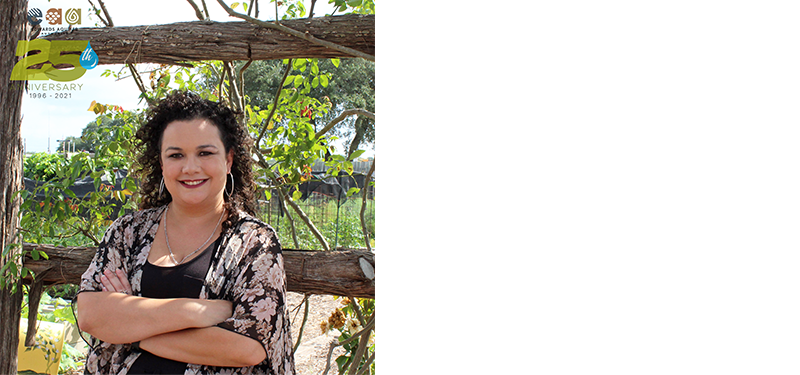
Isabel Martinez
I learned to love science in 7th grade because it was in that class that I did my first dissections and conducted my first chemical experiments. I WAS FASCINATED! Since then, I was determined to learn how systems functioned and these interests led me to pursue degrees in Biology and Natural Resources Development…..
I learned to love science in 7th grade because it was in that class that I did my first dissections and conducted my first chemical experiments. I WAS FASCINATED! Since then, I was determined to learn how systems functioned and these interests led me to pursue degrees in Biology and Natural Resources Development. I have been able to apply what I learned in school to the water conservation work I do at the EAA. Water saving strategies are improving and understanding how new strategies work allow the EAA to continue its mission in protecting the Edwards Aquifer as a habitat and viable drinking source.
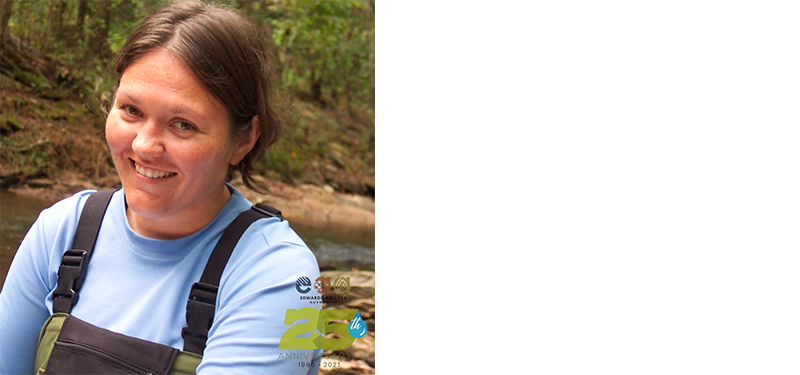
Jamie Childers
I got a degree in watershed science because I wanted to clean water. I have stuck with it for two decades because of the great people I get to work with.
I got a degree in watershed science because I wanted to clean water. I have stuck with it for two decades because of the great people I get to work with.
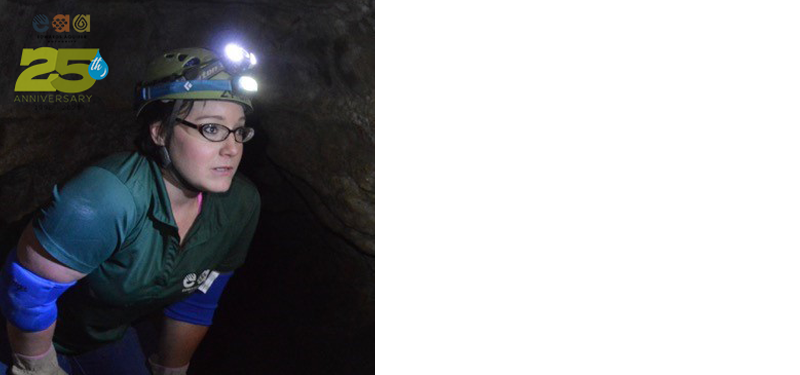
Jennifer Adkins Schudrowitz, P.G.
I chose to enter the STEM field because these careers are among the fastest growing and most innovative fields. STEM careers also promote transferable skills that encourage a high level of problem-solving techniques, technical skills, and critical thinking which are beneficial for any career. STEM fields generally focus on real world applications and….
I chose to enter the STEM field because these careers are among the fastest growing and most innovative fields. STEM careers also promote transferable skills that encourage a high level of problem-solving techniques, technical skills, and critical thinking which are beneficial for any career. STEM fields generally focus on real world applications and subjects like geology which have always been of interest to me. Geology was a natural choice for me as I have always appreciated the innate beauty of the earth; not just rocks and minerals but the structure, history, and the processes that act on it. While working on a research project for my master’s degree, I became fascinated with the unique karst system that makes up the Edwards Aquifer. I also love being outdoors and as a hydrogeologist at the EAA, I routinely conduct field and experimental
investigations which allow me to work outdoors. Some of the best advice I received early in my career was from my thesis advisor and mentor, Dr. John Van Brahana. He routinely encourages his students to focus our efforts on what we are passionate about, saying “love what you do, and you will make a difference.” I am passionate about my work at the EAA and a career in public service because the organizational mission and core values of the EAA ensure that natural resources, like the Edwards Aquifer are shared equitably and used wisely. I feel a sense of accomplishment through my work as a hydrogeologist, knowing that the scientific data and information gathered through our work on the Aquifer Science team is used to establish the sound science-driven foundation on which all EAA regulation is based.
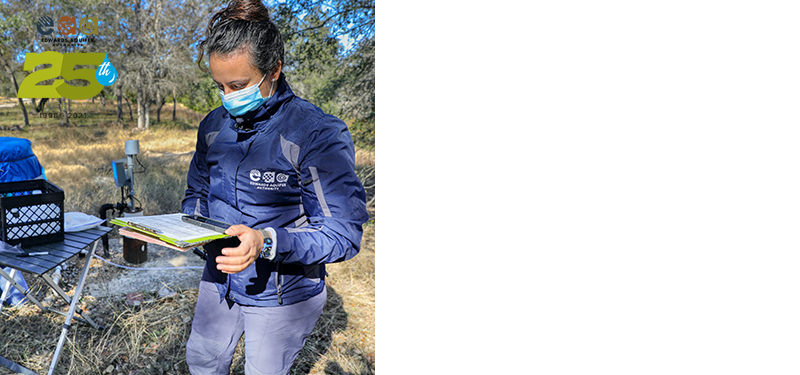
Jesse Chadwick
Science is exciting! Every day, I’m inspired to work on our region’s essential natural resource – the water of the Edwards Aquifer. I collect data about the natural world and look for patterns and connections in water and rock chemistry that help us understand and manage our water.
Science is exciting! Every day, I’m inspired to work on our region’s essential natural resource – the water of the Edwards Aquifer. I collect data about the natural world and look for patterns and connections in water and rock chemistry that help us understand and manage our water.
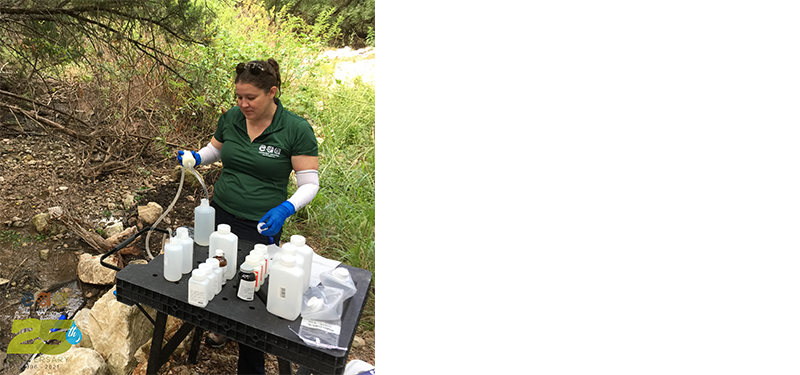
Jessica Quintanilla
I am a Hydrogeologist specializing in Geochemistry for the Edwards Aquifer Authority. I had always wanted to be a Scientist when I grew up, but I hesitated to pursue this path because I struggled at Math in school, and therefore Science. Yet I was adamant about turning those weaknesses into my strengths to….
I am a Hydrogeologist specializing in Geochemistry for the Edwards Aquifer Authority. I had always wanted to be a Scientist when I grew up, but I hesitated to pursue this path because I struggled at Math in school, and therefore Science. Yet I was adamant about turning those weaknesses into my strengths to have a role in this field. Science is not stagnant, it is ever-changing, and will challenge you to expand the boundaries of your knowledge and skills.
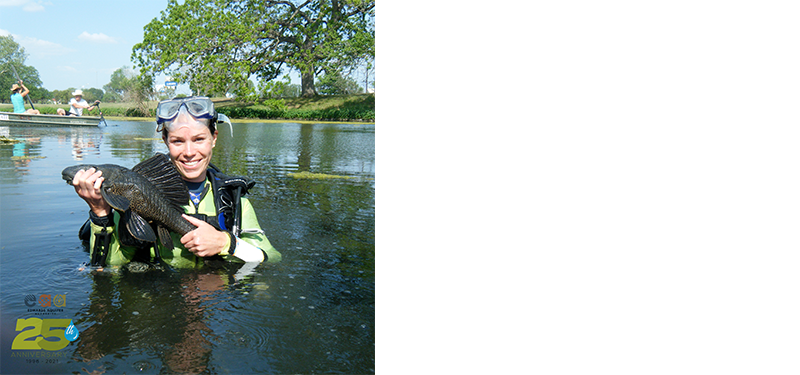
Kristy Kollaus
My interest in science started at an early age, I loved when my parents would take us camping or fishing. In high school, I participated in Science Fair and really enjoyed the scientific process. My interest in science and the aquatic environment grew as I completed my undergraduate courses at Texas State University….
My interest in science started at an early age, I loved when my parents would take us camping or fishing. In high school, I participated in Science Fair and really enjoyed the scientific process. My interest in science and the aquatic environment grew as I completed my undergraduate courses at Texas State University that took us out on field trips and got us wading in rivers, getting us up close to fish and other aquatic species. My interest in the unique spring systems located in Central and West Texas was sparked during my Masters at Texas State University and continues today as I participate in the Edwards Habitat Conservation Plan program that strives to protect and continually expand our knowledge of the San Marcos and Comal systems.
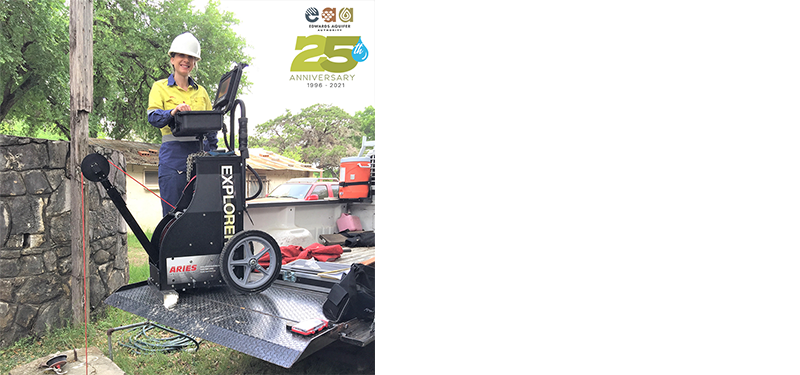
Mariah Bonham
I got into science because I enjoyed learning about the natural world around us. I’ve always liked a challenge, and the hydrological geosciences offered a chance to learn about the unique processes and properties of the water and ground beneath our feet, which is just as fascinating and complex as those at the….
I got into science because I enjoyed learning about the natural world around us. I’ve always liked a challenge, and the hydrological geosciences offered a chance to learn about the unique processes and properties of the water and ground beneath our feet, which is just as fascinating and complex as those at the surface.
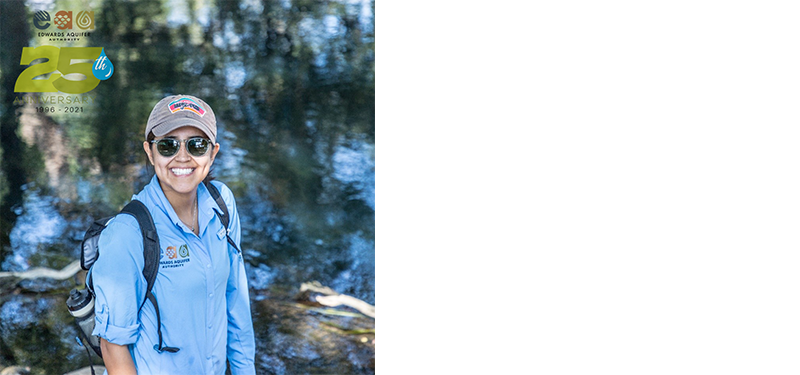
Olivia Ybarra
Texas rivers have always had a soft spot in my heart. I decided to study Environmental Science and Biology so that I could better understand these beautiful and complex systems and so I could help conserve what is left of our natural landscapes. Working in the STEM field I have learned so much….
Texas rivers have always had a soft spot in my heart. I decided to study Environmental Science and Biology so that I could better understand these beautiful and complex systems and so I could help conserve what is left of our natural landscapes. Working in the STEM field I have learned so much about the scientific research that drives environmental policy and from the people that have dedicated their careers to the protection of endangered species, critical habitats, and ecosystems.
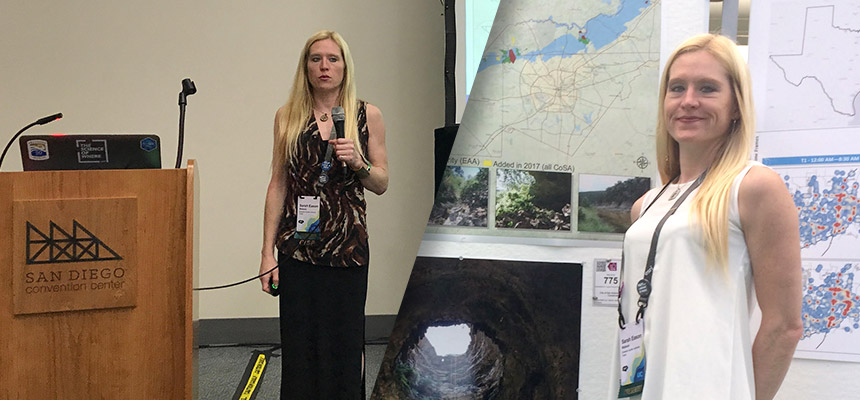
Sarah Eason
Sarah has been with the Edwards Aquifer Authority for five years. As the Lead GIS Analyst for the EAA, she oversees all the mapping needs both within the organization and the external mapping needs that keep the science and conservation programs running. Sarah completed her Bachelor of Science in Geographic Information Systems from….
Sarah has been with the Edwards Aquifer Authority for five years. As the Lead GIS Analyst for the EAA, she oversees all the mapping needs both within the organization and the external mapping needs that keep the science and conservation programs running. Sarah completed her Bachelor of Science in Geographic Information Systems from Texas State University and her Master of Science in Geospatial Technologies in a joint degree from Universitat Jaume I in Castellon, Spain, University of Munster, Germany, and the Institute Superior of Statistics and Information in Lisbon, Portugal.
Besides ensuring that the scientists at the EAA have every map they could ask for, Sarah also works with the City of San Antonio’s Edwards Aquifer Protection Program. The CoSA EAPP covers over 150,000 acres of protected land that recharges the aquifer over eight counties. Within this program, Sarah and her colleagues monitor the lands enrolled in the easement programs. This analysis helps the EAA, the City of San Antonio, and the property owners who participate in the program preserve and protect the quality and quantity of water by keeping the land undeveloped in perpetuity.
Eason’s father brought her attention to GIS. She loved it from her first class and went on to get two degrees in the field. When asked why GIS, Sarah said “Mapping is like a puzzle; putting together the pattern is a lot of fun.” She has the right idea, as many of our scientists have stated, she is doing something she really enjoys.
The EAA employs many women interested in science and Sarah believes that anyone, male or female, with curiosity and a desire, can succeed in this field. People who are especially successful tend to be creative and come up with new ideas for many problems. This is an important trait when dealing with science and the public.
For girls who want to get involved in the science field, Sarah suggests taking chemistry, biology, geology and geography courses to get a broad understanding of how the world works. Quoting John Muir, Sarah says’ “When we try to pick out anything by itself, we find it hitched to everything else in the universe.” Understanding how systems are interrelated makes for a long-sighted person and being familiar with all of that knowledge helps a student of the sciences to many a bright future.